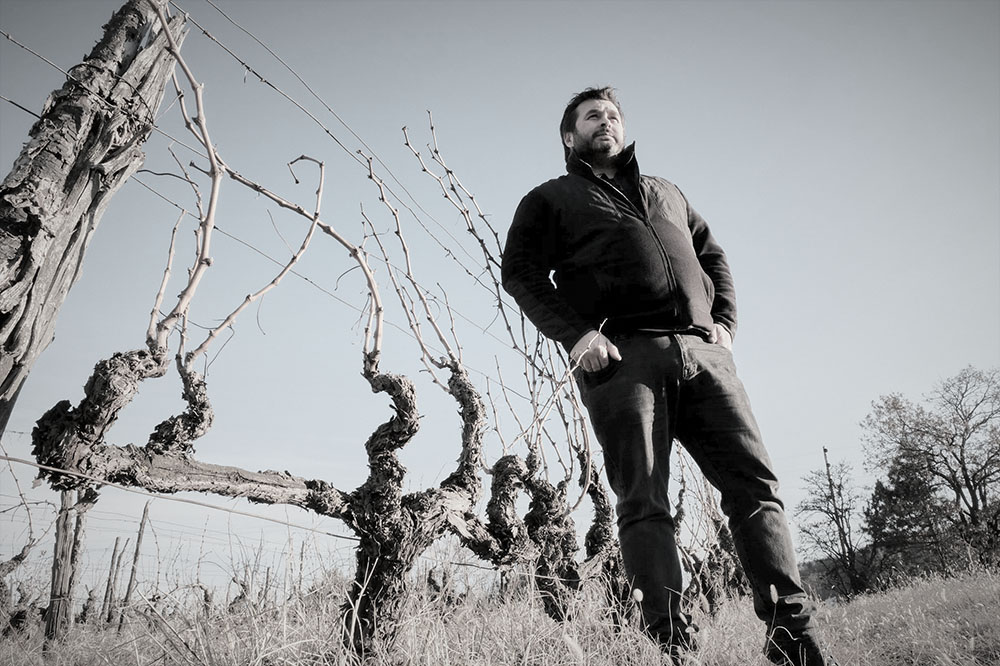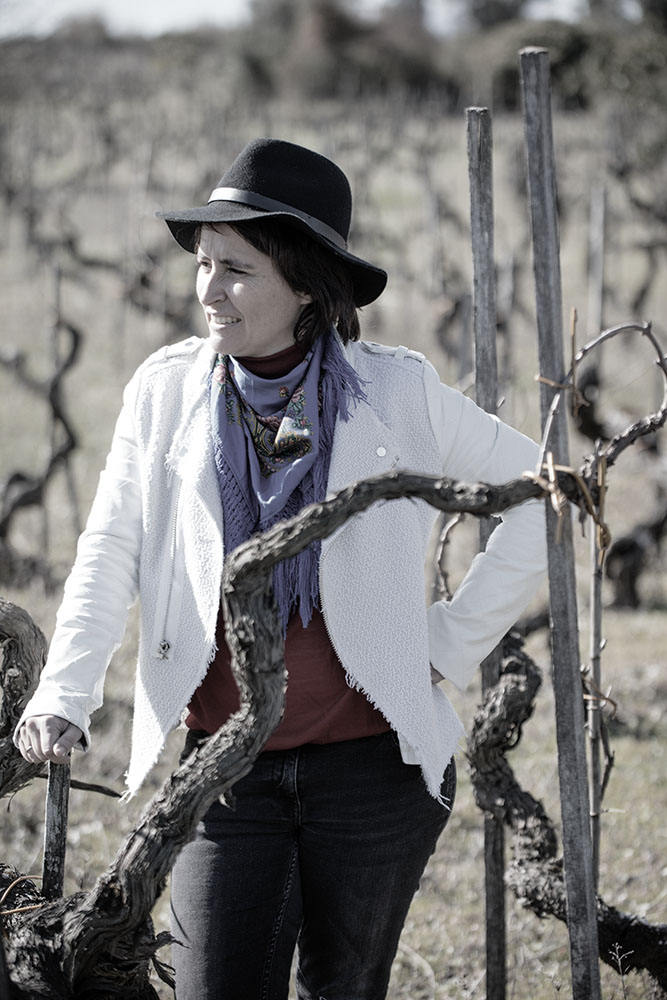The last couple of decades have been extremely generous to wine lovers. Quality has never been better and bottles with a story to tell are hailing from all around the globe. Australia is making some of the best Chardonnays in the world, South Africa is embracing its old-vine Chenin Blanc and crafting outstanding whites while Chile’s lip-smacking and juicy reds made from the once-forgotten El País leave you thirsty for more. One could argue that because New World regions don’t have long traditions to stand by, experimentation by keen winemakers is what’s prompting this outburst of excitement. It’s not completely false. But it does not mean that the Old World is incapable of fresh blood. To the contrary.
A series of events, including economic and politic struggles, left producers in some historic lands with very little means to either make quality wine or export it. Moreover, the challenge of breaking through traditions and old habits was slowing down progress. To the consumer’s delight, many long-established areas are now burgeoning with compelling juice, creating a new territory for drinkers to venture into. Old is becoming new again.
In the last year, I made a point of visiting many of these hidden treasures. What follows are six producers who left me enamoured and filled with respect for the outstanding work they are doing. Through them, I discovered a whole new world of possibilities. This list is a great place to get cozy and warm yourself up until summer sets in.
Not-So-Ancient Greece
A new generation of eager winemakers are showing off with brio the wealth of their indigenous grapes. I just can’t get enough of it and I keep on going back, literally. Here are two fantastic producers that are among the leaders of this movement.
Thymiopoulos
Apostolos Thymiopoulos can’t stand still. His brain is going a hundred miles an hour. Truly, I have rarely seen someone with that much energy. Not surprisingly, you find this vitality in his wine. Thymiopoulos is one of the fantastic members of the younger generation making sure the world is paying attention to the greatness of Xinomavro grown on the hills of Naoussa in Macedonia. His biodynamic approach, with minimal pruning in the vineyards and very little handling in the winery, contributes to the purity and generous expression of his wines. If you see his labels on the shelf, grab them. They haunt the soul and offer great value for money.
Xinomavro Terre et Ciel 2016, Naoussa AOP ($35)
When you taste Terre et Ciel, it’s easy to understand why Xinomavro is often compared to Nebbiolo. Concentrated savoury notes of liquorice, dark cherries, strawberries and plum are supported by robust tannins and mouth-watering acidity. A natural with grilled or roasted lamb. Delicious to drink now if you open it a few hours ahead of time but will continue to evolve over the next 10 years. Good for the soul.

Tetramythos
I think of Panayiotis Papagiannopoulos as the Frank Zappa of Greece. Not only because his face reminds me slightly of him, but also because of his incredible talent. He has truly mastered his art and, without a doubt, Papagiannopoulos is one of the most talented winemakers in the country. Often, when you visit a producer and try a long list of wines, you have favourites while some disappoint you. That’s normal. However, I have done multiple tastings at Tetramythos over the last few years and every time, I was astonished by the consistency and the quality.
Located in the Peloponnese in the PDO of Patras, the estate sits at high altitude between ocean and mountains. Standing in the vineyards surrounded by beautiful, old, non-irrigated vines that are planted up to 1000 metres, one can’t help to feel the magic. The birds are chanting, the flowers are colourful and that deep blue sea on the horizon leaves you mesmerized. There is a palpable energy stemming from the biodiversity and health of the land, thanks to a family with high respect for the environment and who farm organically. And while you are absorbing the bewildering surroundings, once in a while, you can feel the breeze from the ocean provide a small break from the scorching hot summer days. Welcome to paradise.
Black of Kalavryta 2017, Achaia PGI ($20)
The combination of organic farming and clean, natural winemaking produces wines that express with authenticity the place where the grapes come from. The wines are just as magical as the people behind the label and the real work they do to preserve indigenous grapes. This is currently the only 100% Black of Kalavryta made in Greece. A lack of demand in the domestic market saw many producers pull out this interesting grape. Fifteen years ago, the team at Tetramythos revived it. Generous notes of red cherries, red plum and raspberries with crunchy tannins and juicy acidity recall some of the lighter reds from Sicily. Chill slightly and serve with roasted pork or grilled tuna.
Apostolos Thymiopoulos can’t stand still. His brain is going a hundred miles an hour.
The Heights of Baga with Filipa Pato
Amongst the wealth of indigenous grapes being embraced in Portugal over the last couple of decades, Baga is without a doubt my favourite child. Luís Pato was probably the first one to truly advocate for this grape and show its virtue. His wines are stunning, but I do believe that his daughter Filipa is taking it to the next level.
Behind her gorgeous wines are bush vines that are up to 130 years old, including some that are pre-Phylloxera, grown according to biodynamic principles. Baga, which is also often compared to Nebbiolo, can be brutish with excessive and harsh tannins. But not under the hand of Filipa. She is proving that in addition to being profound, with an irresistible aromatic profile, Baga can be elegant and display finesse. Her wines can be hard to find, but they’re worth the effort to seek out.
Nossa Calcário Baga 2015, Bairrada DOC ($40)
Made from a single vineyard, this wine particularly stood out when I visited the winery. Elegant with disarming aromas of red cherries and red liquorice with a hint of balsamic and surprisingly silky tannins if grippy. Only 4310 bottles produced. If you can find it, buy it.
Grenache from the South Rhône
What could be so new in this long established and highly regarded part of France? I would say, a wave of producers that are making Grenache easy to drink. A challenging task since it can easily become a caricature of itself and be rich, heavy and clunky.
Yes, the highly regarded Château Rayas has for a long time displayed the greatness of Grenache. But how often can one splurge and buy it? Let alone if you can find it. When it comes to affordable wines, Stéphane Vedeau is probably responsible for helping me fall in love with this grape again. His sensitivity and constant search for elegance and balance result in astonishing wines that over-deliver for their price point. You can taste his crafts under both La Ferme du Mont and Clos Bellane labels.
Clos Bellane 2016, Côtes-du-Rhône Villages Valréas AOC ($25)
Stéphane Vedeau bought his 48-hectare clos in Valréas in 2010. The northern location and vines planted at an altitude of 400 metres allow Vedeau to pick later than many other Southern Rhône producers. Since his very first vintage, he keeps on demonstrating that Grenache and grace can go together. This Côtes-du-Rhône Villages Grenache is supported by Syrah. A profound red with depth and complexity, brilliantly crafted by an incredibly talented winemaker. Merci, Vedeau.

Luís Pato’s daughter Filipa is taking Baga to the next level.
Ode to Torres
Miguel Torres is a living example that innovation can be constant, even in traditional areas. His work after his studies in Dijon in 1959 led to the introduction of international grapes to the Penedès region and his introduction of stainless steel and temperature control had a major impact in Spain. The last time I saw Torres, it was to conduct an interview on the work he is doing in regards to climate change. Over coffee after his morning yoga session, he explained that he wanted to be a leader and inspire others. So far, he has invested 12 million euros in that field.
Altós Ibéricos 2015, Rioja Crianza DOCa ($25)
Made from Tempranillo coming from the high-altitude village of Labastida in Rioja Alavesa, one of the most highly regarded sites in Rioja. Lush fruit—red plum and dark cherries—is well balanced by bright acidity and firm tannins. The vanilla coming from the oak is well integrated. A highly appropriate choice for taking time to reflect on the steps we can all take to save the earth.
Blaufränkisch from Burgenland, Austria
In Germany, they call it Lemberger and in Hungary, it’s Kékfrankos. In Austria, where it’s going through a big revival, it’s known as Blaufränkisch. Christoph Watcher Wiesler of Watcher-Wiesler explains that, for the longest time, farmers were making mediocre wines that were mostly consumed by people from neighbouring countries who were coming over for the weekend to party. But thanks to the dynamism of a handful of great producers, the grape is finally getting the dignity it deserves. And Watcher-Wiesler is leading the way.
Wachter-Wiesler Deusch-Schützener Blaufränkisch Ried Ratschen 2015, Eisenberg DAC ($25)
There is something about Blaufränkisch that reminds me of Barbera in Piedmont. This is the case here. The vines are planted on sandy soil and pebbles, which, according to Christoph, contributes to the finesse of Ried Ratschen. Polished savoury tannins with aromas of red cherries, red plum, vanilla and sweet mushrooms with a hint of truffles. Slightly reductive. This wine is elegant and very well made but needs time to show its full potential. Wait 5–7 years if you can.
